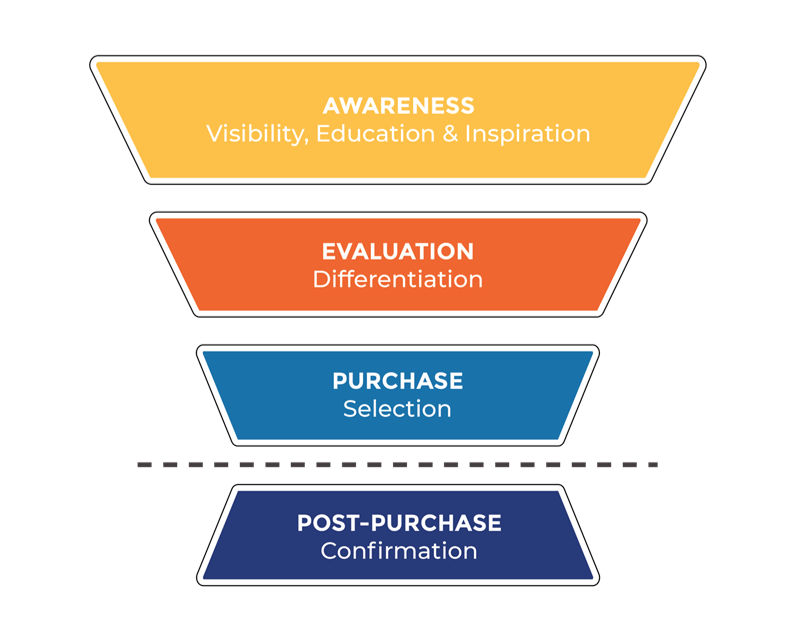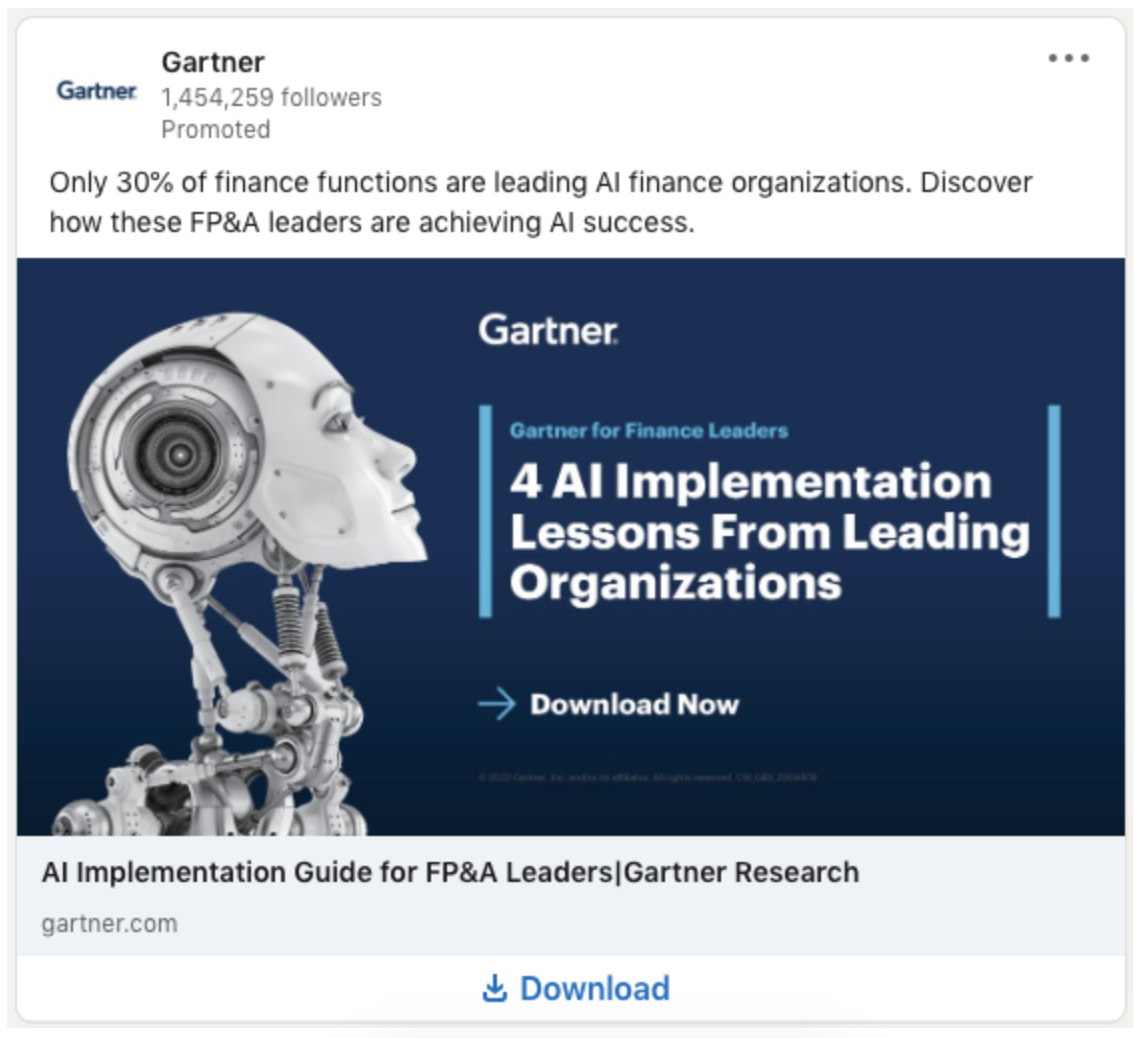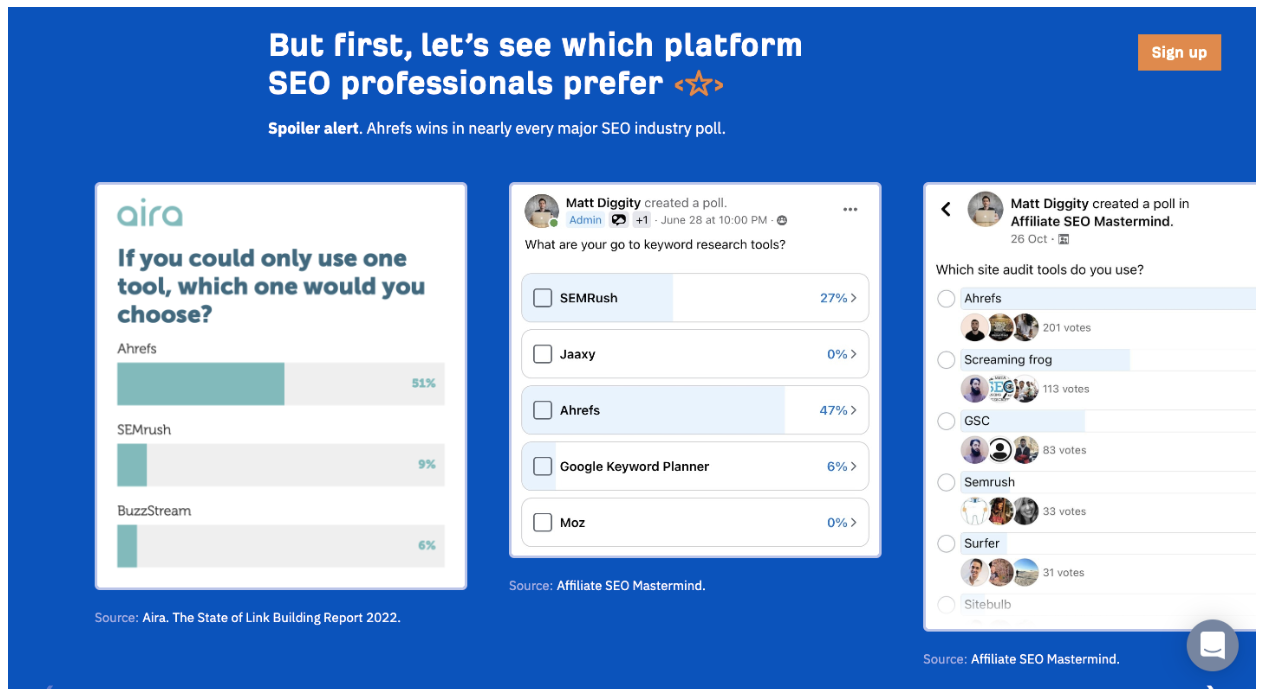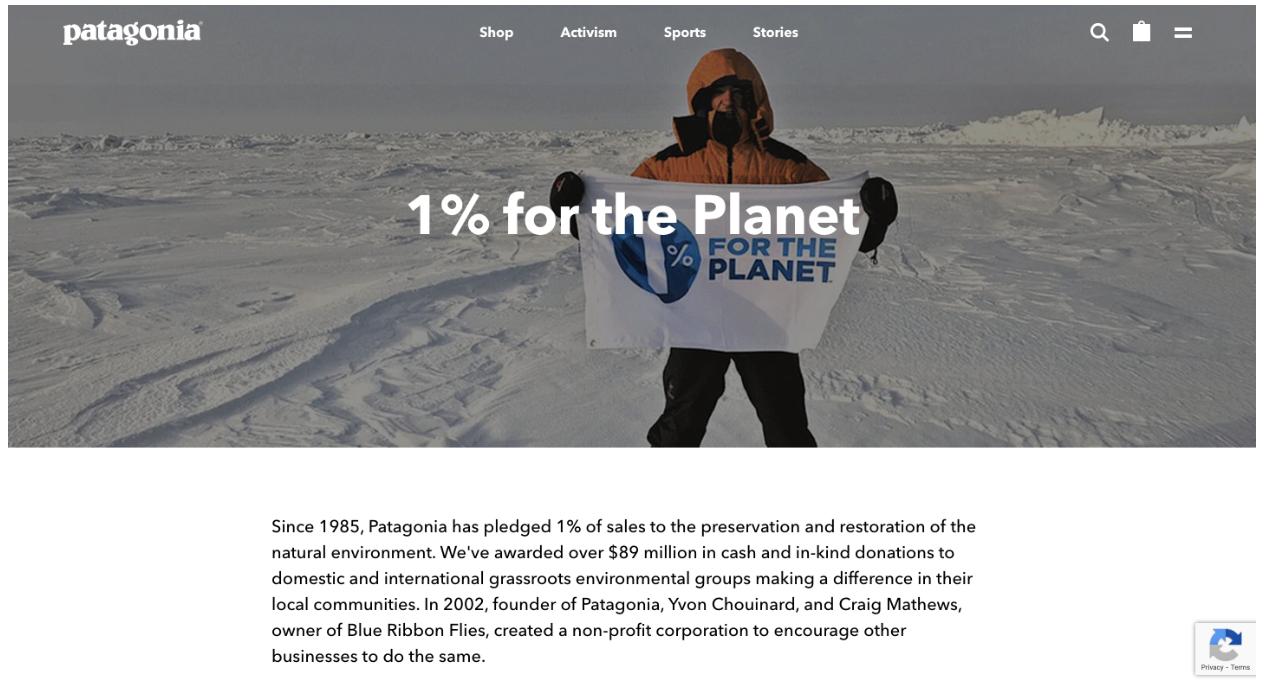A buyer’s journey can be hard to understand, which makes creating content for the consideration stage of the buyer’s journey (or any stage, really) extra complicated.
As marketers, we like to paint the picture of a smooth progression that goes something like this:
- Awareness. The buyer first becomes aware of a “problem” and starts to define it.
- Consideration (AKA evaluation). They research potential solutions to their problem, in the form of different products and services.
- Purchase. They reach a buying decision and complete the transaction.
- Post-purchase. Having bought a product or service, the buyer finds out if they made the right decision. Maybe they even refer others to you. Fingers crossed!

However, if you cast your mind back to your most recent big purchase, you’ll realize things rarely progress in such linear fashion. Rather than “completing” one stage and moving onto the next, buyers typically bounce around from stage to stage, asking ever-more-complex questions until they finally feel confident enough to buy.
This makes the consideration stage of the buyer’s journey extremely important. It sits smack bang in the middle of the buyer’s journey, at the point where users are trying to figure out whether your product is right for them and how you stack up against your competitors. Potential customers might pass through multiple times before making a purchase.
That’s where content comes in. If you want to drive more qualified leads, you need to learn how to create high-value content for the consideration stage of the buyer’s journey.
What Buyers Need to Know at the Consideration Stage
The first element to creating consideration stage content is to understand what information buyers might be looking for. Remember, by this point buyers have largely defined the challenge they are looking to solve. That might be:
- Saving money
- Increasing efficiency
- Boosting revenue
Or something else entirely. Whatever the case, they’re now ready to consider potential solutions, which often involves comparing various products and services. They want to feel confident that you understand businesses like theirs and that you know how to deliver the specific goal they want to achieve. Not only that, but they want to know that your pricing and lead-in times align with their budget and deadline.
As such, your goal during the consideration stage is to persuade buyers that your product checks all their boxes, while removing obstacles that might delay or prevent them from converting.
Content for Consideration Stage: Which Formats Should You Use?
Inevitably, some content types are a better fit than others for communicating the necessary information to buyers. Some of the most appropriate content formats for the consideration stage are:
- Case studies. This content typically presents a problem encountered by an existing customer, describes the solution you provided, and shares the results they saw after implementing your solution.
- Gated content. Whether ebooks, infographics, explainer videos, or something else, gated content demonstrates your expertise while capturing a prospect’s name and email address (and possibly a bunch of other information), allowing you to target them in future campaigns.
- Cheat sheets and checklists. This type of content is geared toward providing solutions to common challenges, which makes it a strong choice for customers seeking answers to a specific problem.
- Calculators. Whether demonstrating cost savings or time reductions, this content format helps demonstrate the ROI of your product.
- Webinars. This educational content format has been increasingly popular in a post-pandemic world, with 73% of B2B marketers and sales leaders seeing them as an effective way to generate high-quality leads.
- Product comparisons. Buyers want to know how you compare against the competition, so it’s in your interest to demonstrate your superior features or credentials.
How to Come Up With Content Ideas for the Consideration Stage of the Buyer’s Journey
Understanding the content types that work best during the consideration stage is one thing; figuring out exactly what content to create is a whole other challenge.
The following are a few strategies you might find helpful at this point.
Discuss Future Trends in Your Industry
If you don’t have the luxury of being a household name in your niche, demonstrating genuine expertise can be one of the most effective ways to persuade potential customers that you’re the real deal.
Indeed, one study found that subject-matter expertise is the number one way B2B buyers evaluate professional services firms. Separate research found that 60% of buyers say thought leadership builds credibility when entering a new category in which the brand is not already known.
One common way to showcase your expertise is to define and discuss future trends in your industry. Ideally, you’ll demonstrate why a trend is so important, and what actions buyers should take to prepare for it.
Gartner does this better than most. Much of their marketing is geared toward educating buyers about the bleeding-edge trends they need to know about, such as this example about AI implementation for finance teams:
As you can see, this format works well as gated content. If a trend sounds challenging or exciting enough, users will happily fork over their details to help them get ahead of the competition.
But there’s a problem with this sort of forward-looking content: If you lack the in-house expertise to create it, you risk saying something off-base.
For this reason, we recommend interviewing legitimate experts during the research and outlining phase of content creation. There’s another benefit to this approach: The people you interview will often be happy to share the finished content, helping you tap into their audience.
Compare Your Product to the Competition
You probably think your product or service is the best thing since sliced bread. But most buyers will need a little convincing before they reach the same conclusion. They want to know how you measure up against your competitors on a list of criteria, including:
- Price
- Guarantees or warranties
- Features
- Reputation
- Customer support
- Experience
- Industry knowledge
Remember, buyers are experts in their own field, but they likely aren’t quite so knowledgeable about the products or services you sell. They might not immediately appreciate why an innovative feature or a key industry accreditation is such a big deal.
For that reason, it makes sense to create content for the consideration stage of the buyer’s journey that spells out the differences between you and your rivals, like this example from Ahrefs:
There’s lots we could learn from this piece of comparison content, but let’s focus on a couple key elements.
First, as you can see from the above screenshot, these visuals demonstrate Ahrefs’ popularity using data from third-party sources and thought leaders. This is important, because prospective buyers aren’t going to blindly take your word for it when you say, “Trust us, we’re the best.”
Next, this content is highly searchable, with a meta title targeting phrases like “Ahrefs vs Semrush” (2,800 global searches a month) and “Ahrefs vs Moz” (500 global searches a month). The majority of people searching these terms will be comparing the three products before deciding which to buy, which means these keywords are loaded with buying intent. That makes them highly valuable.
Lastly, this piece of content isn’t just a simple side-by-side comparison of features. Instead, it showcases Ahrefs’ unique features, like site audit tools — stuff its rivals don’t have. That’s pretty persuasive.
Showcase Less Obvious USPs
If you’re in a highly competitive niche, product and service-level differentiation will only get you so far.
Take the outdoor fashion world as an example. If you’re looking for a new hiking jacket, you probably want to know it’ll keep you warm and dry, and that it won’t rip to shreds the second you brush past a bush or rock. And you want the price point to be reasonable. But there must be thousands of products that fulfill your brief. How on Earth can a brand in that space differentiate itself?
The answer? Promote less obvious unique selling points (USPs). Stuff that might not be directly linked to the quality of your product or service, but could still persuade a buyer that you’re the right choice. That might include:
- Your facilities. Maybe your workspace is particularly cool or interesting? Google has generated a ton of buzz through their constant focus on reinventing the traditional office space, which saw them recently install inflatable balloon walls and privacy robots at their Googleplex HQ.
- Your employees. Do they have particular characteristics or strengths that help you stand out? For instance, motorcycle parts retailer Twisted Throttle only hire people with a motorcycle license, whether they’re on the shop floor or in the C-suite.
- Your ethical credentials. Buyers — especially younger ones — are increasingly likely to factor environmental, social, and governance issues into their buying decisions. Many brands are leaning into this; others have been doing it for years. For instance, since 1985, Patagonia has pledged to spend 1% of sales on the preservation and restoration of the natural environment.
Why One Piece of Content Isn’t Enough
It’s important to bear in mind that consideration stage content can serve more than one purpose. Because buyer journeys are rarely a simple affair. Buyers might rely on consideration stage content to:
- Identify potential solutions
- Compare those solutions to other products and services
- Redefine the problem they’re facing
It’s simply not possible to tackle all those requirements in a single content type. Case studies and testimonials might be effective at driving potential buyers toward purchasing, but they’re less helpful for demonstrating the range of features or services you offer, or how you measure up against the competition.
For this reason, it’s important to create a range of content for the consideration stage. Ideally, each piece of content will be tailored to a specific audience, giving buyers the confidence that you genuinely understand their needs and have the ability to solve their problems.
Producing engaging, persuasive content for the consideration stage of the buyer’s journey is difficult. Get in touch with Content Conquered today to see how we can help you create better content, faster.



